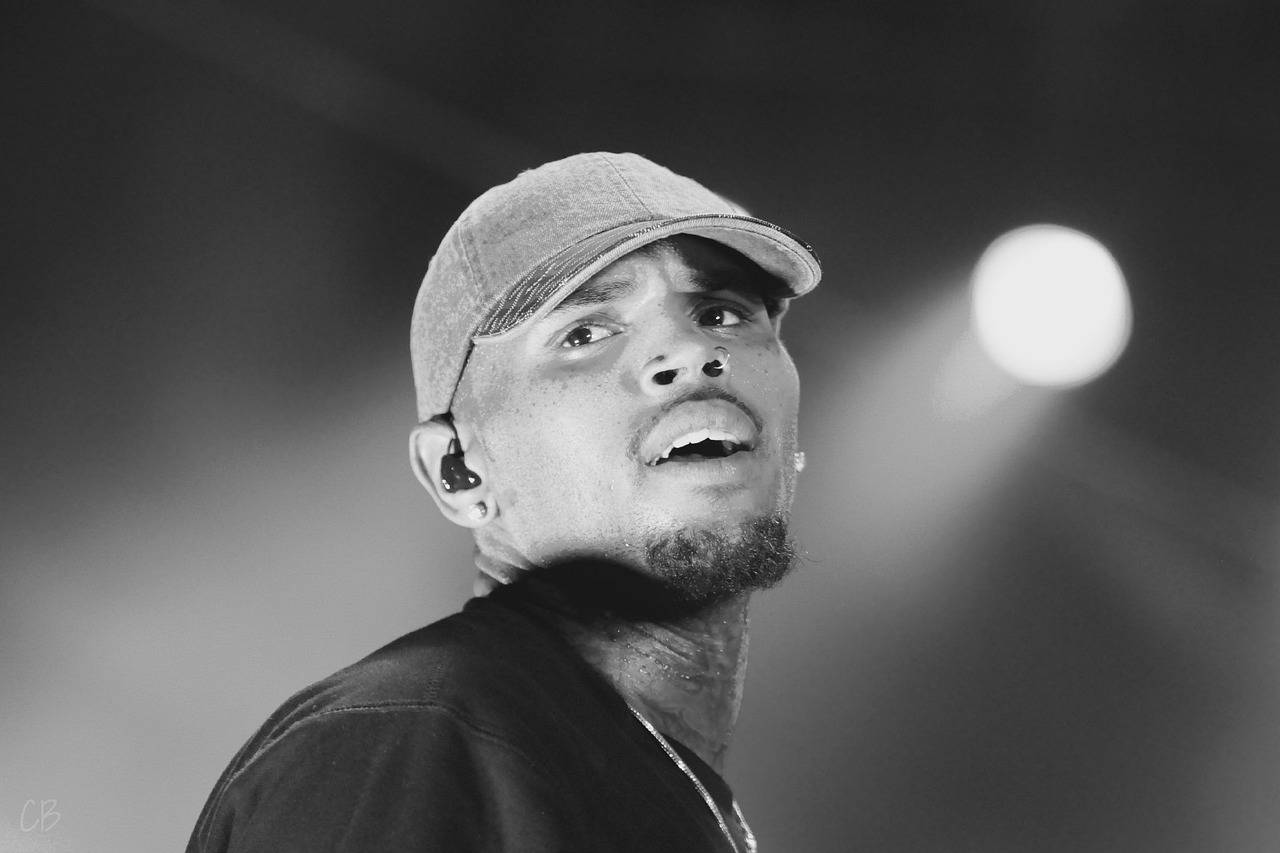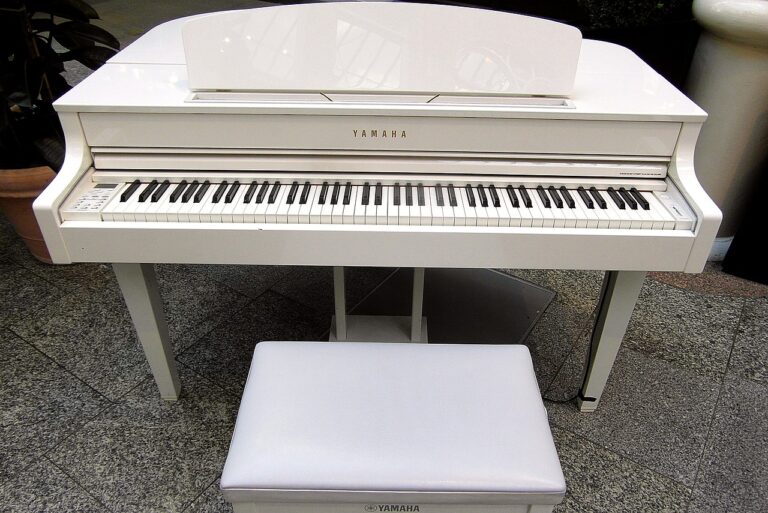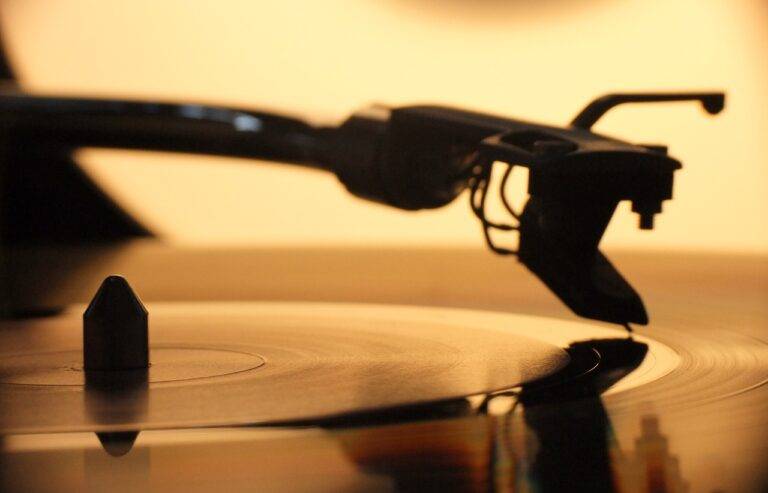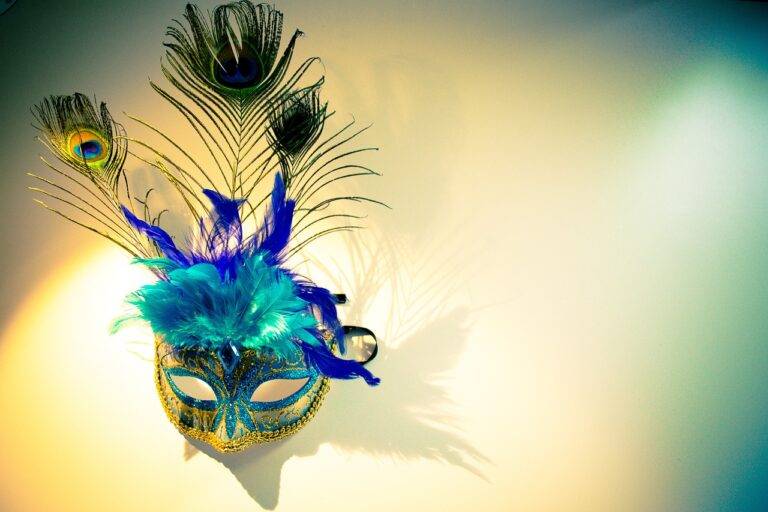Exploring the Influence of Subcultures on Fashion: From Punk to Hip-Hop
Punk fashion emerged in the 1970s as a direct response to the mainstream culture of the time. Born out of a desire to challenge societal norms and rebel against the status quo, punk style became a symbol of anti-establishment attitudes and individualism. The raw and unconventional aesthetic of punk fashion was a rejection of the polished and glamorous looks that dominated the fashion industry, instead embracing a more gritty and DIY approach.
Unlike other fashion movements that focused on high-end designers and luxury labels, punk fashion was characterized by its accessibility and affordability. DIY ethos played a crucial role in shaping the punk style, with many individuals creating their own unique looks through customization and deconstruction of clothing. This hands-on approach not only allowed for self-expression but also emphasized the importance of originality and personal creativity in fashion.
The DIY Ethos of Punk Style
Punk style is characterized by its rebellious and anti-establishment attitude. One of the key components of this fashion movement is the DIY ethos, which stands for Do It Yourself. This approach rejects mainstream fashion trends and encourages individuals to create their own unique looks using whatever materials they have at hand.
DIY punk fashion often incorporates elements of deconstruction and customization. This means taking existing clothing items and altering them to fit personal style preferences or to make a statement. Whether it’s cutting up old band t-shirts, adding patches and studs to denim jackets, or using safety pins to create unique designs, DIY punk style allows for creative expression without the need for expensive or mass-produced clothing items.
What are the origins of punk fashion?
Punk fashion originated in the 1970s as a rebellious and anti-establishment movement, characterized by ripped clothing, band t-shirts, leather jackets, and unconventional hairstyles.
How did the DIY ethos contribute to punk style?
The DIY ethos of punk style encouraged individuals to create their own clothing and accessories using materials they had on hand, such as safety pins, studs, and patches. This helped to foster a sense of individuality and creativity within the punk community.
How has punk fashion evolved over the years?
Punk fashion has continued to evolve over the years, incorporating elements of other subcultures and mainstream fashion trends. However, the DIY ethos remains a central tenet of punk style, with many individuals still creating their own unique looks.
Can anyone embrace punk fashion?
Yes, punk fashion is a versatile style that can be embraced by anyone who wants to express themselves in a rebellious and non-conformist way. Whether you’re a hardcore punk fan or just looking to add some edge to your wardrobe, there are plenty of ways to incorporate punk elements into your personal style.





